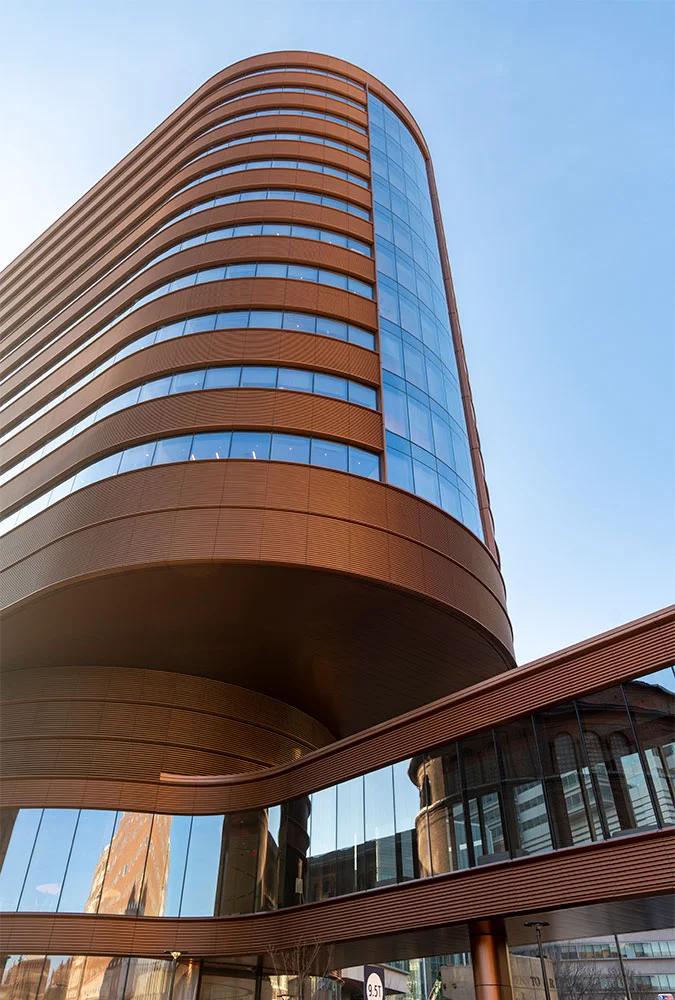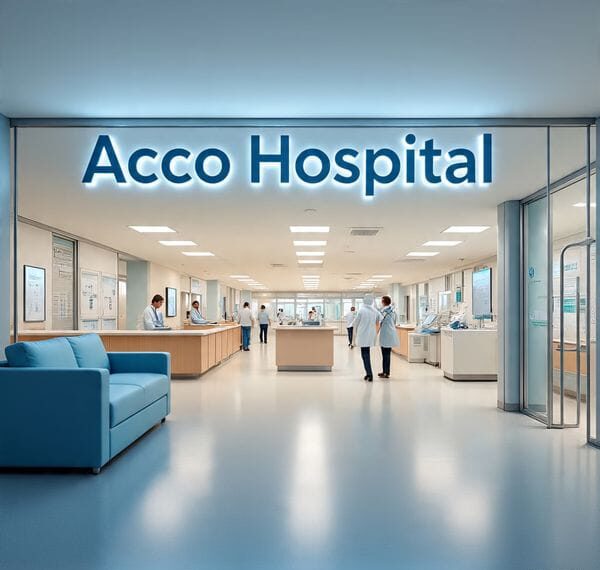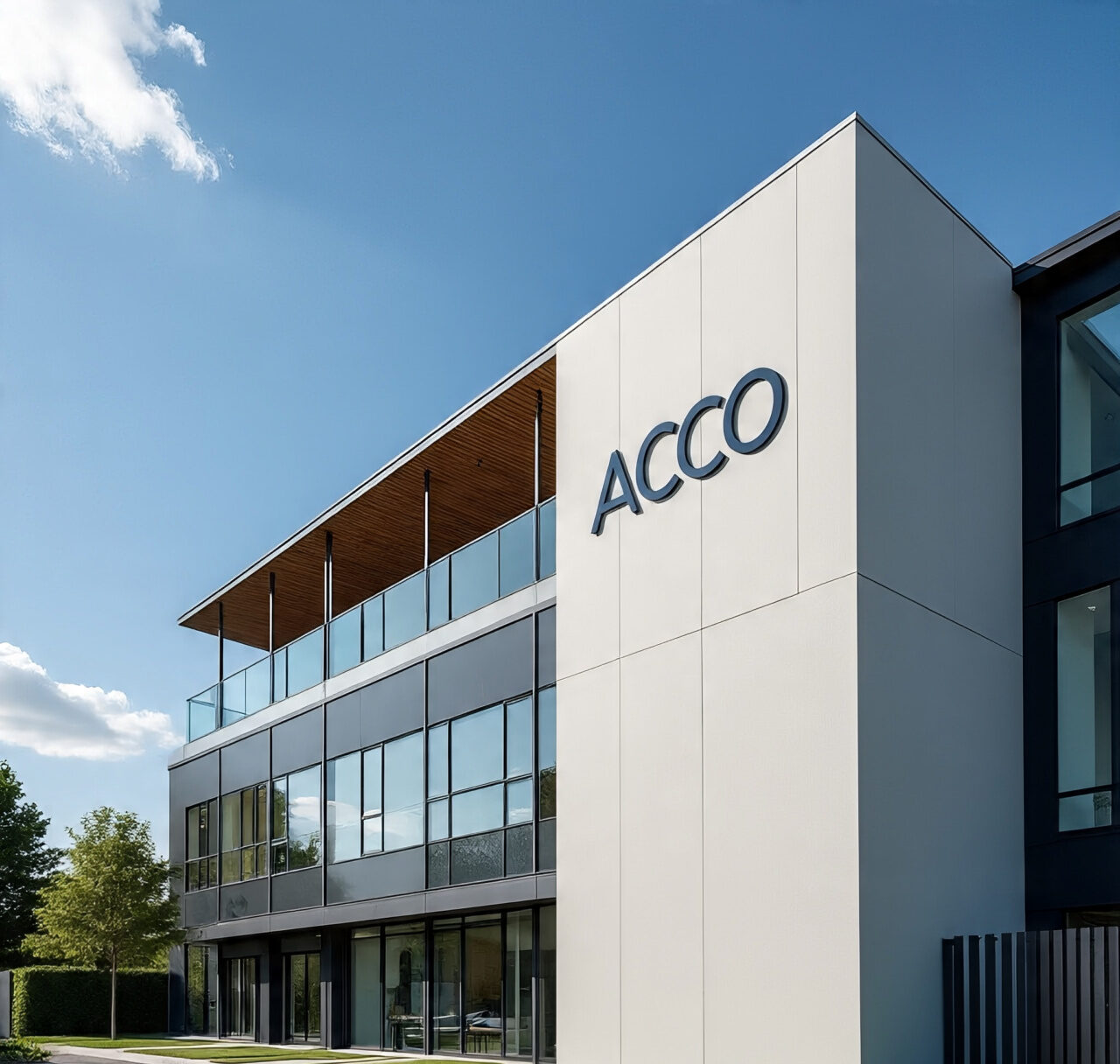
HOSPITAL DESIGN HUB: How to Optimize Hospital Design for Better Patient Care and Efficiency
| Headings | Sub-Topics |
|---|---|
| Introduction | Importance of optimized hospital design, Overview of Hospital Design Hub, Benefits of better patient care and efficiency |
| The Vision of Hospital Design Hub | Mission and values, Commitment to innovation in healthcare design, Focus on patient care and operational efficiency |
| Key Elements of Optimized Hospital Design | Patient-centered care, Efficient workflows, Safety and accessibility |
| Importance of Layout and Space Planning | Maximizing space utilization, Functional layouts, Flexible design for future needs |
| Patient-Centered Design | Creating healing environments, Enhancing patient comfort, Incorporating patient feedback |
| Efficient Workflow Design | Streamlining operations, Reducing wait times, Optimizing staff workflows |
| Safety and Accessibility | Ensuring patient and staff safety, ADA compliance, Easy navigation and wayfinding |
| Incorporating Technology in Hospital Design | Telemedicine infrastructure, Smart hospital technologies, Data-driven design decisions |
| Sustainable Design Practices | Eco-friendly materials, Energy-efficient systems, Sustainable waste management |
| Designing for Different Hospital Departments | Emergency department, Inpatient rooms, Outpatient clinics, Specialized care units |
| Impact of Design on Patient Outcomes | Reducing hospital-acquired infections, Improving patient recovery times, Enhancing overall patient satisfaction |
| Staff Well-being and Productivity | Creating a healthy work environment, Designing break and relaxation areas, Ergonomic considerations |
| Case Studies of Optimized Hospitals | Examples of successful hospital designs, Lessons learned, Measurable outcomes |
| Innovations in Hospital Design | Latest trends, Technological advancements, Future outlook |
| Challenges in Hospital Design Optimization | Budget constraints, Regulatory requirements, Balancing patient and staff needs |
| Role of Architects and Designers | Importance of expertise in healthcare design, Collaboration with healthcare professionals, Case studies of successful projects |
| Community and Stakeholder Engagement | Involving the community in the design process, Benefits for stakeholders, Building support for optimized designs |
| Retrofitting Existing Hospitals for Optimization | Challenges and solutions, Case studies, Impact on operations and patient care |
| Future Trends in Hospital Design Optimization | Predictions for the next decade, Emerging technologies, Evolving standards and regulations |
| Comparing Hospital Design Practices Globally | Practices in different countries, Lessons from international examples, Global trends |
| Frequently Asked Questions | Common queries about hospital design optimization, Costs, Implementation strategies |
| Conclusion | Summary of key points, Final thoughts on the importance of optimized hospital design |
HOSPITAL DESIGN HUB: How to Optimize Hospital Design for Better Patient Care and Efficiency
SEO Meta-Description
Discover how to optimize hospital design for better patient care and efficiency with insights from Hospital Design Hub, focusing on patient-centered care, efficient workflows, and innovative technologies.
Introduction
Optimized hospital design plays a crucial role in enhancing patient care and operational efficiency. Hospital Design Hub specializes in creating healthcare environments that improve patient outcomes and streamline workflows. This article explores the key elements of optimized hospital design and how it can benefit both patients and healthcare providers.
The Vision of Hospital Design Hub
Hospital Design Hub is dedicated to revolutionizing healthcare design through innovation and a focus on patient care and efficiency. Their mission is to create healing environments that prioritize the needs of patients and staff, ensuring safety, comfort, and operational excellence. By integrating the latest technologies and design principles, Hospital Design Hub aims to set new standards in healthcare architecture.
Key Elements of Optimized Hospital Design
Optimizing hospital design involves several critical elements, including patient-centered care, efficient workflows, and safety and accessibility. These elements work together to create a healthcare environment that supports both patients and healthcare providers.
Importance of Layout and Space Planning
Effective layout and space planning are fundamental to optimizing hospital design. Maximizing space utilization and creating functional layouts ensure that all areas of the hospital are used efficiently. Flexible design allows for future modifications, ensuring that the hospital can adapt to changing needs over time.
Patient-Centered Design
Creating a healing environment is essential for patient-centered design. This involves enhancing patient comfort through thoughtful design choices such as noise reduction, natural lighting, and comfortable furnishings. Incorporating patient feedback into the design process ensures that the spaces meet their needs and preferences.
Efficient Workflow Design
Streamlining hospital operations through efficient workflow design reduces wait times and optimizes staff workflows. Designing layouts that facilitate smooth transitions between different areas of the hospital can significantly improve operational efficiency. This includes strategically placing departments and using technology to support seamless communication.
Safety and Accessibility
Ensuring the safety and accessibility of hospital environments is paramount. This involves adhering to safety protocols, designing with ADA compliance in mind, and ensuring easy navigation and wayfinding throughout the facility. These considerations help prevent accidents and make the hospital accessible to all patients and staff.
Incorporating Technology in Hospital Design
The integration of technology is a key component of modern hospital design. This includes telemedicine infrastructure, smart hospital technologies, and data-driven design decisions. Utilizing technology can improve patient care, enhance operational efficiency, and provide valuable insights into hospital performance.
Sustainable Design Practices
Sustainability is an important consideration in hospital design. Using eco-friendly materials, energy-efficient systems, and sustainable waste management practices can reduce the hospital’s environmental impact. These practices also contribute to long-term cost savings and create a healthier environment for patients and staff.
Designing for Different Hospital Departments
Each hospital department has unique design requirements. The emergency department, inpatient rooms, outpatient clinics, and specialized care units all need to be designed to meet specific functional and operational needs. Tailoring the design to each department ensures optimal performance and patient care.
Impact of Design on Patient Outcomes
Optimized hospital design can have a significant impact on patient outcomes. By reducing hospital-acquired infections, improving patient recovery times, and enhancing overall patient satisfaction, thoughtful design choices directly contribute to better healthcare results.
Staff Well-being and Productivity
Creating a healthy work environment for staff is essential for maintaining productivity and job satisfaction. This includes designing break and relaxation areas, considering ergonomic factors, and ensuring that the workspaces are conducive to efficient work practices.
Case Studies of Optimized Hospitals
Examining case studies of successfully optimized hospitals provides valuable insights. These examples highlight the benefits of thoughtful design and demonstrate measurable outcomes such as improved patient care, reduced operational costs, and increased staff satisfaction.
Innovations in Hospital Design
The field of hospital design is constantly evolving with new innovations. Trends such as biophilic design, modular construction, and advanced building materials are shaping the future of healthcare environments. Staying informed about these innovations is crucial for creating state-of-the-art hospitals.
Challenges in Hospital Design Optimization
Optimizing hospital design is not without its challenges. Budget constraints, regulatory requirements, and the need to balance patient and staff needs can pose significant obstacles. However, with careful planning and a focus on long-term benefits, these challenges can be effectively managed.
Role of Architects and Designers
Architects and designers play a critical role in the success of hospital design projects. Their expertise in healthcare design and ability to collaborate with healthcare professionals are essential for creating functional and aesthetically pleasing environments. Case studies of successful projects underscore the importance of this collaboration.
Community and Stakeholder Engagement
Engaging the community and stakeholders in the design process ensures that the hospital meets the needs of its users and gains their support. Involving these groups can lead to better design outcomes and foster a sense of ownership and pride in the facility.
Retrofitting Existing Hospitals for Optimization
Optimizing existing hospitals involves retrofitting them with new technologies and design elements. This can be challenging due to ongoing operations, but successful retrofits demonstrate how existing facilities can be transformed to improve efficiency and patient care.
Future Trends in Hospital Design Optimization
Looking ahead, several trends are expected to shape the future of hospital design. These include the increased use of smart technologies, a focus on resilience and adaptability, and the integration of wellness and sustainability principles. Keeping up with these trends is essential for designing future-ready hospitals.
Comparing Hospital Design Practices Globally
Global comparisons of hospital design practices provide valuable insights into different approaches and innovations. Learning from international examples can help healthcare facilities adopt best practices and improve their own design strategies.
Frequently Asked Questions
What are the key elements of optimized hospital design? Patient-centered care, efficient workflows, and safety and accessibility are key elements of optimized hospital design.
How does layout and space planning contribute to hospital efficiency? Effective layout and space planning maximize space utilization and create functional layouts, leading to improved efficiency and flexibility for future needs.
What is the role of technology in hospital design? Technology enhances hospital design by supporting telemedicine, smart systems, and data-driven decisions, improving patient care and operational efficiency.
How can hospitals ensure sustainability in their design? Hospitals can ensure sustainability by using eco-friendly materials, implementing energy-efficient systems, and practicing sustainable waste management.
Why is community engagement important in hospital design? Community engagement ensures that the design meets the needs of users, gains support, and fosters a sense of ownership and pride in the facility.
What are some challenges in optimizing hospital design? Challenges include budget constraints, regulatory requirements, and balancing the needs of patients and staff, which can be managed through careful planning and collaboration.
Conclusion
Optimized hospital design is crucial for enhancing patient care and operational efficiency. By focusing on key elements such as patient-centered care, efficient workflows, and the integration of technology, hospitals can create environments that support better health outcomes and improved operational performance. Hospital Design Hub is dedicated to leading the way in innovative and sustainable healthcare design, ensuring that future hospital environments are both functional and healing.




